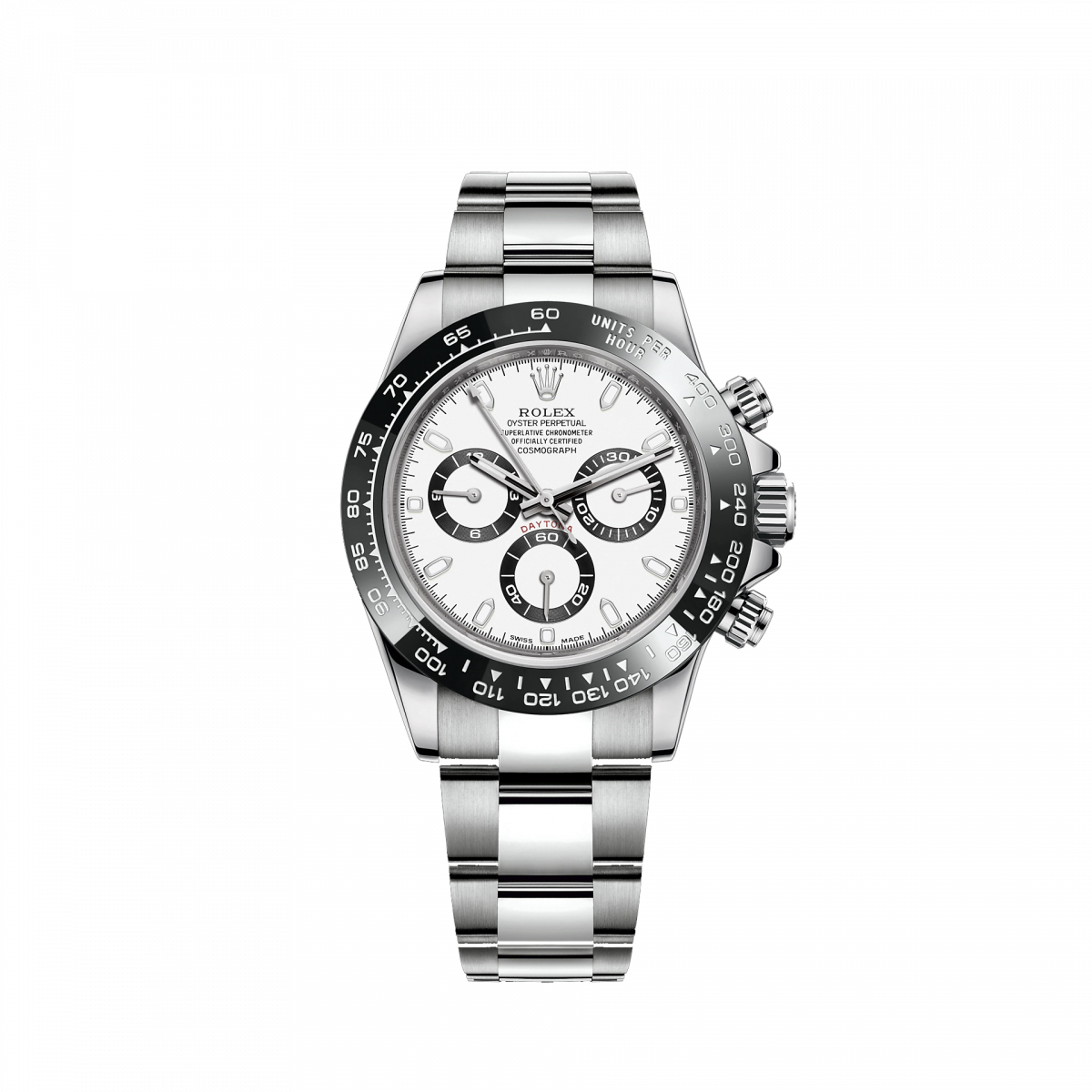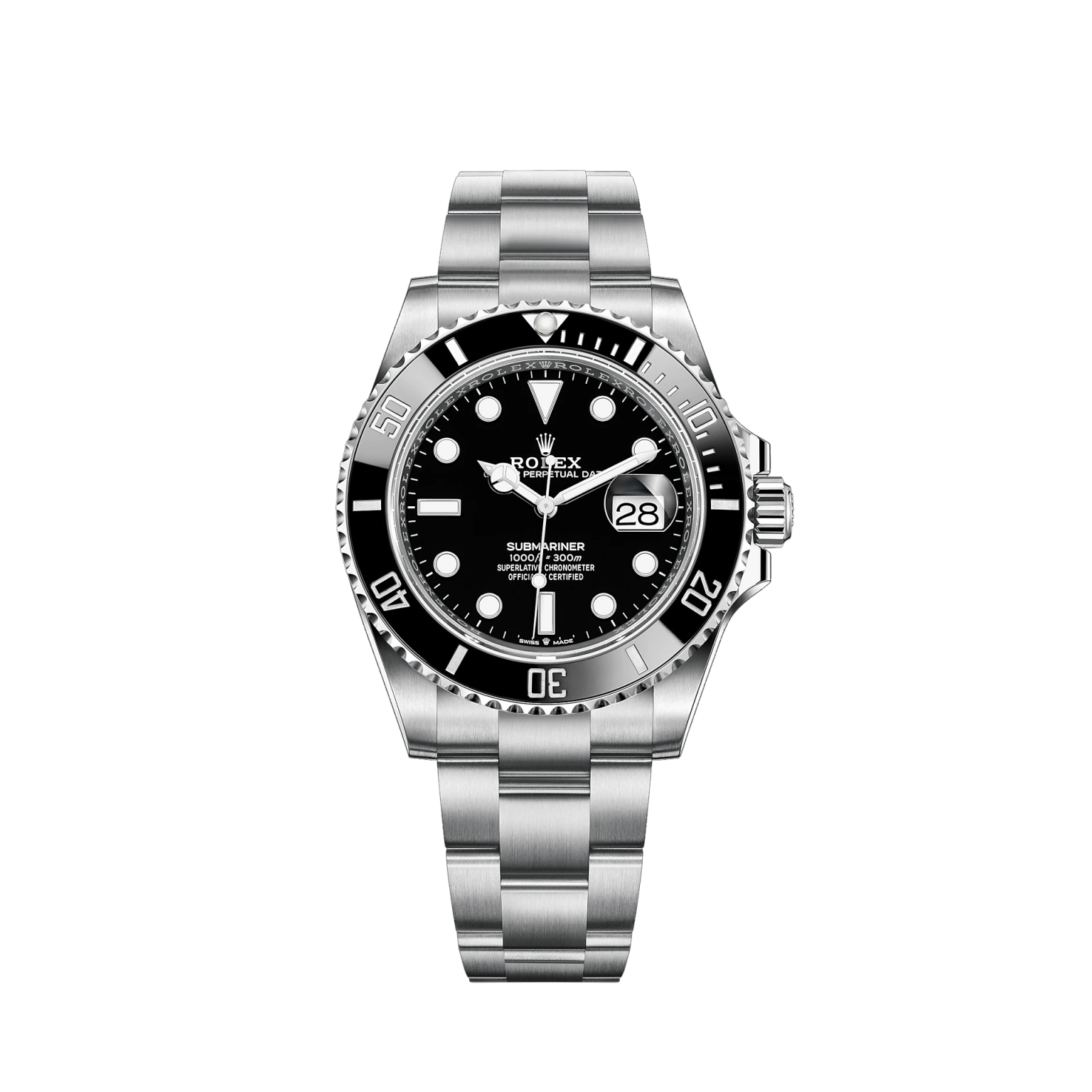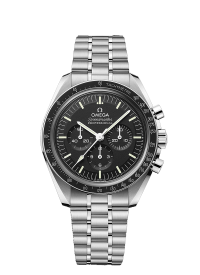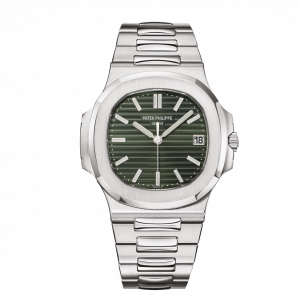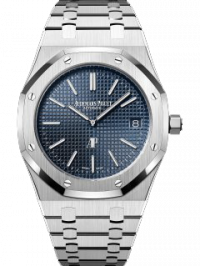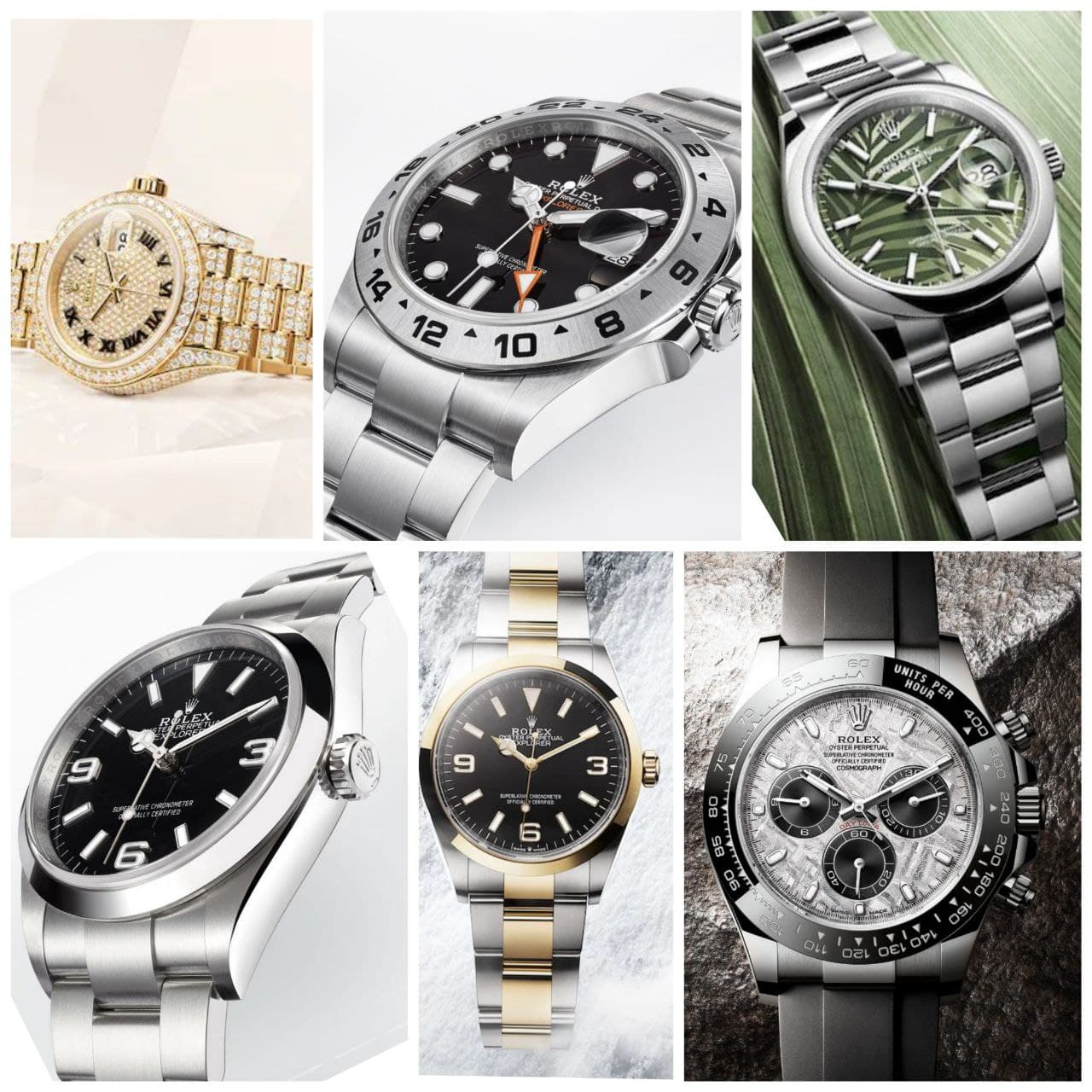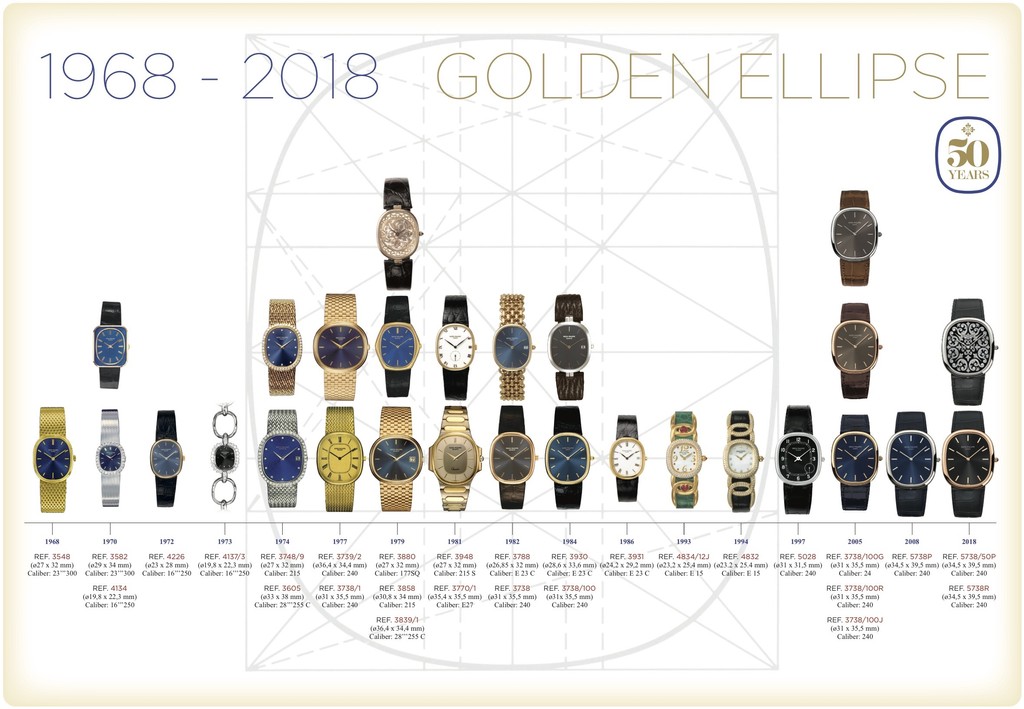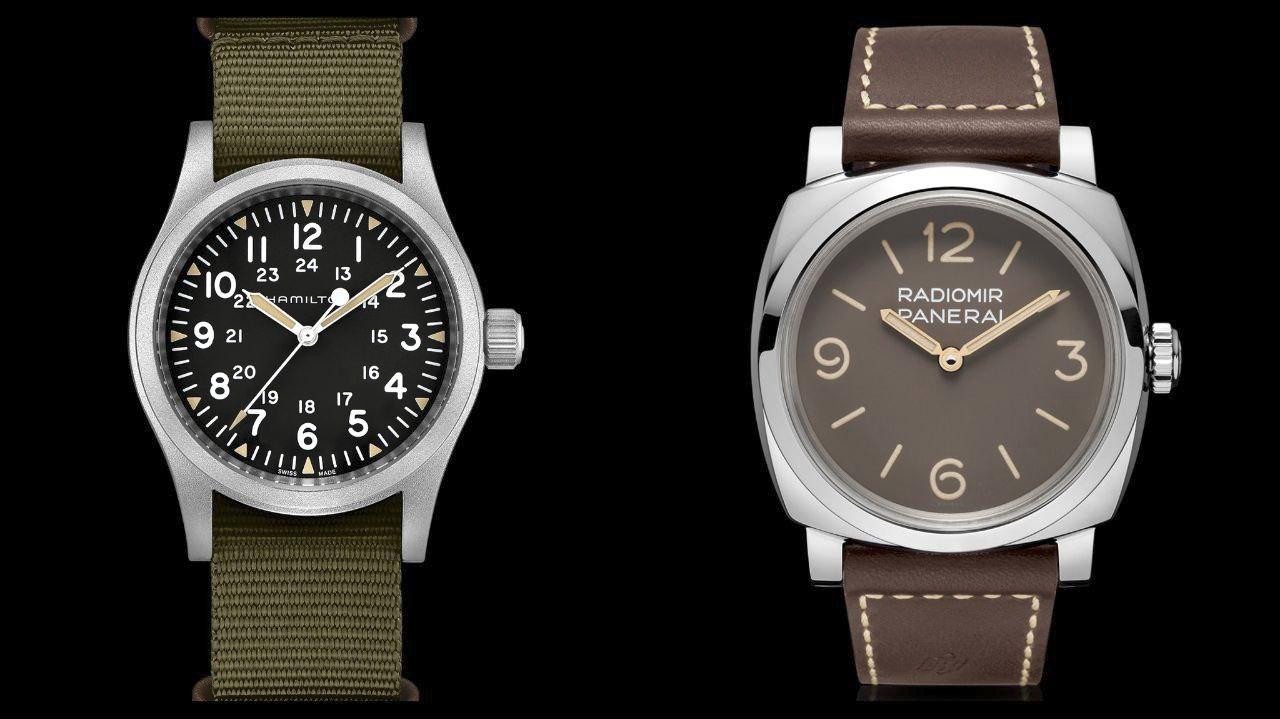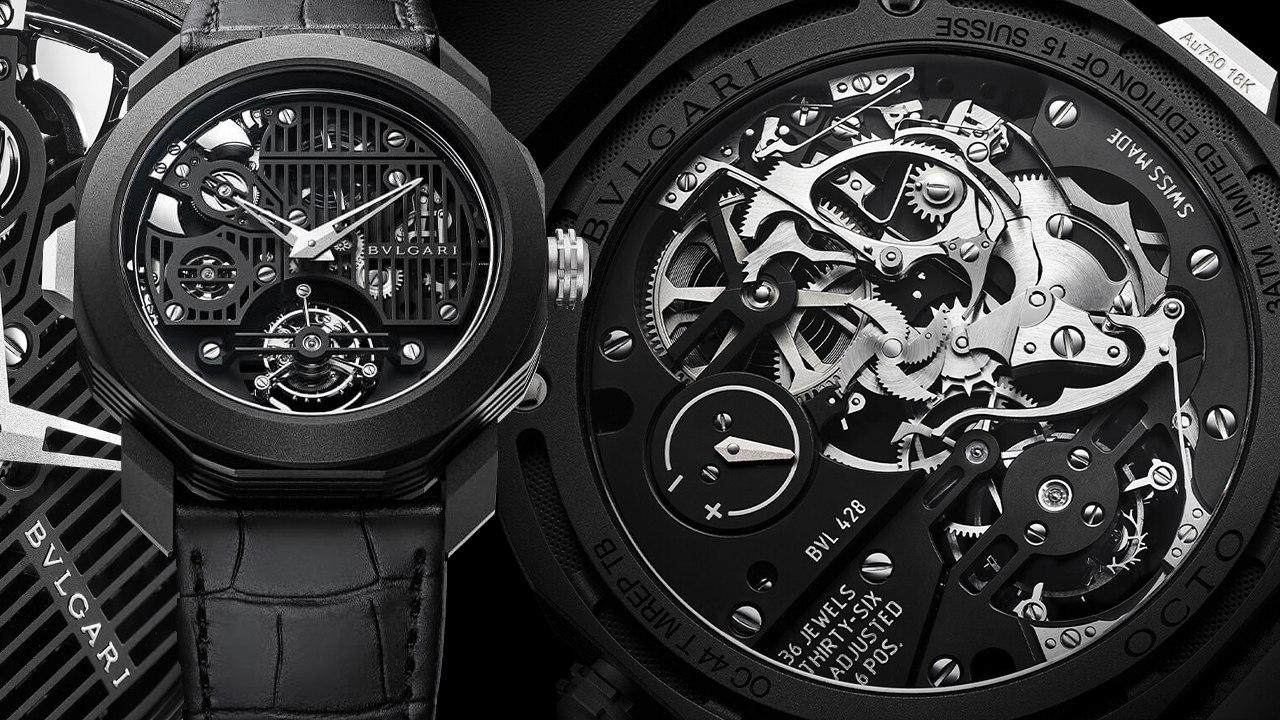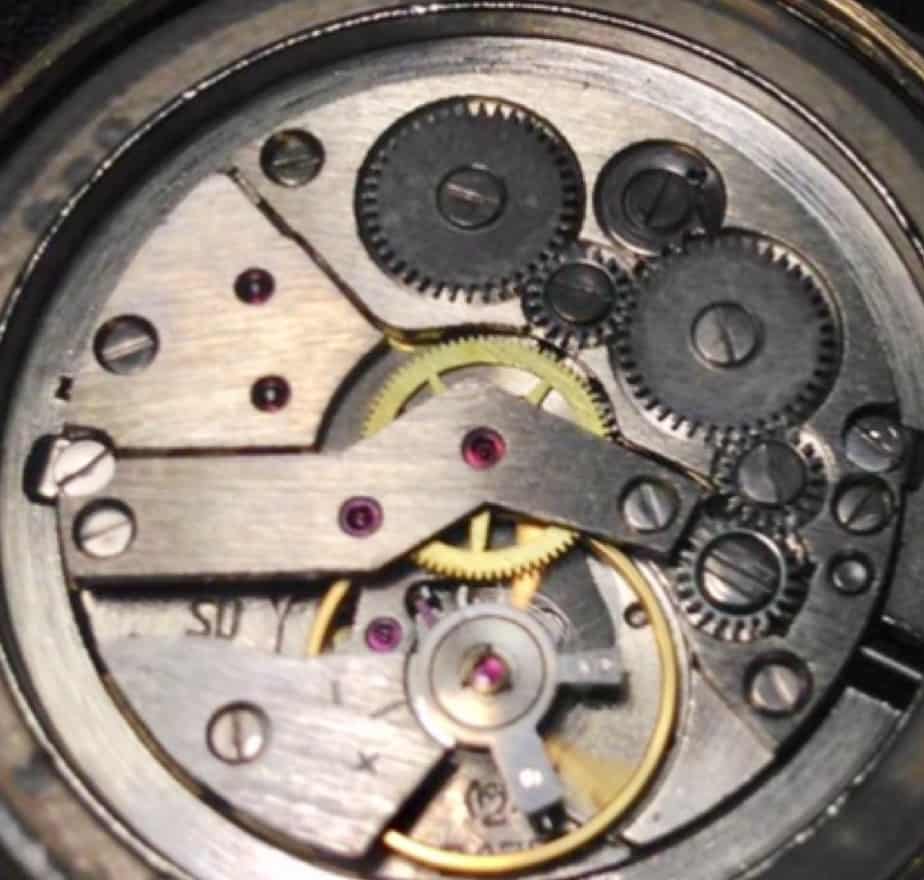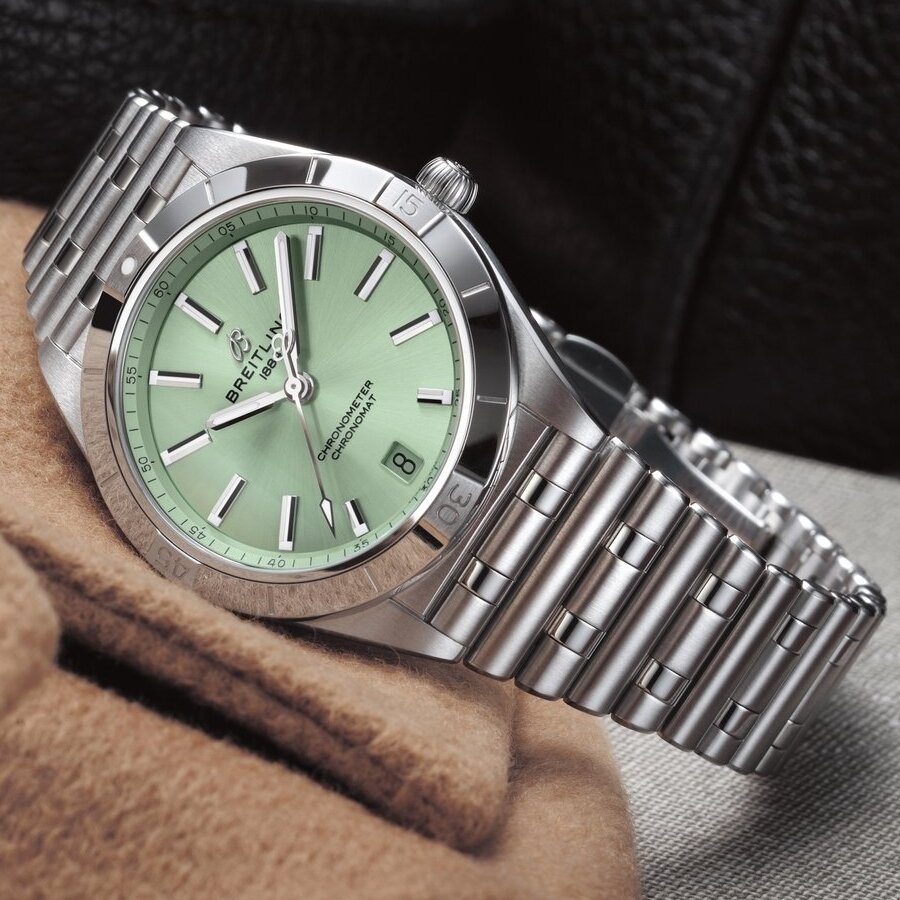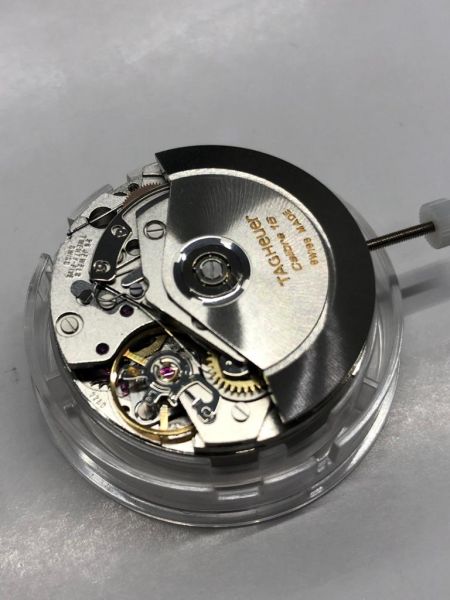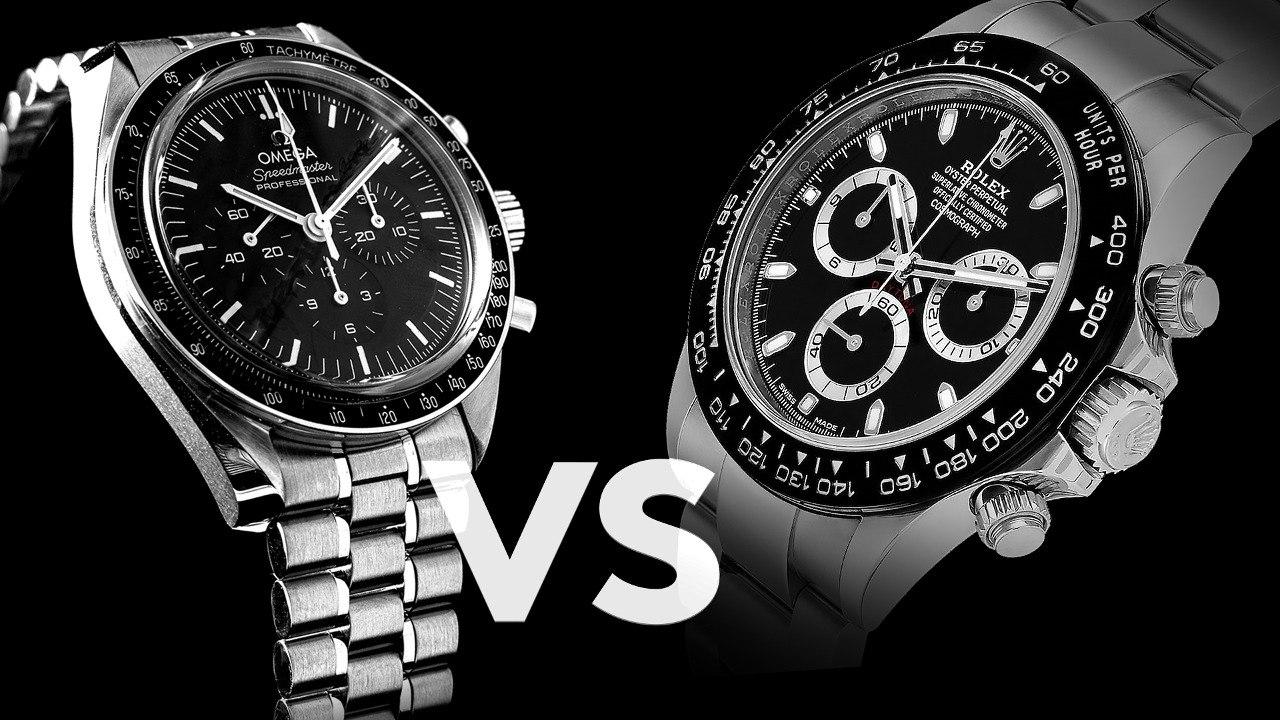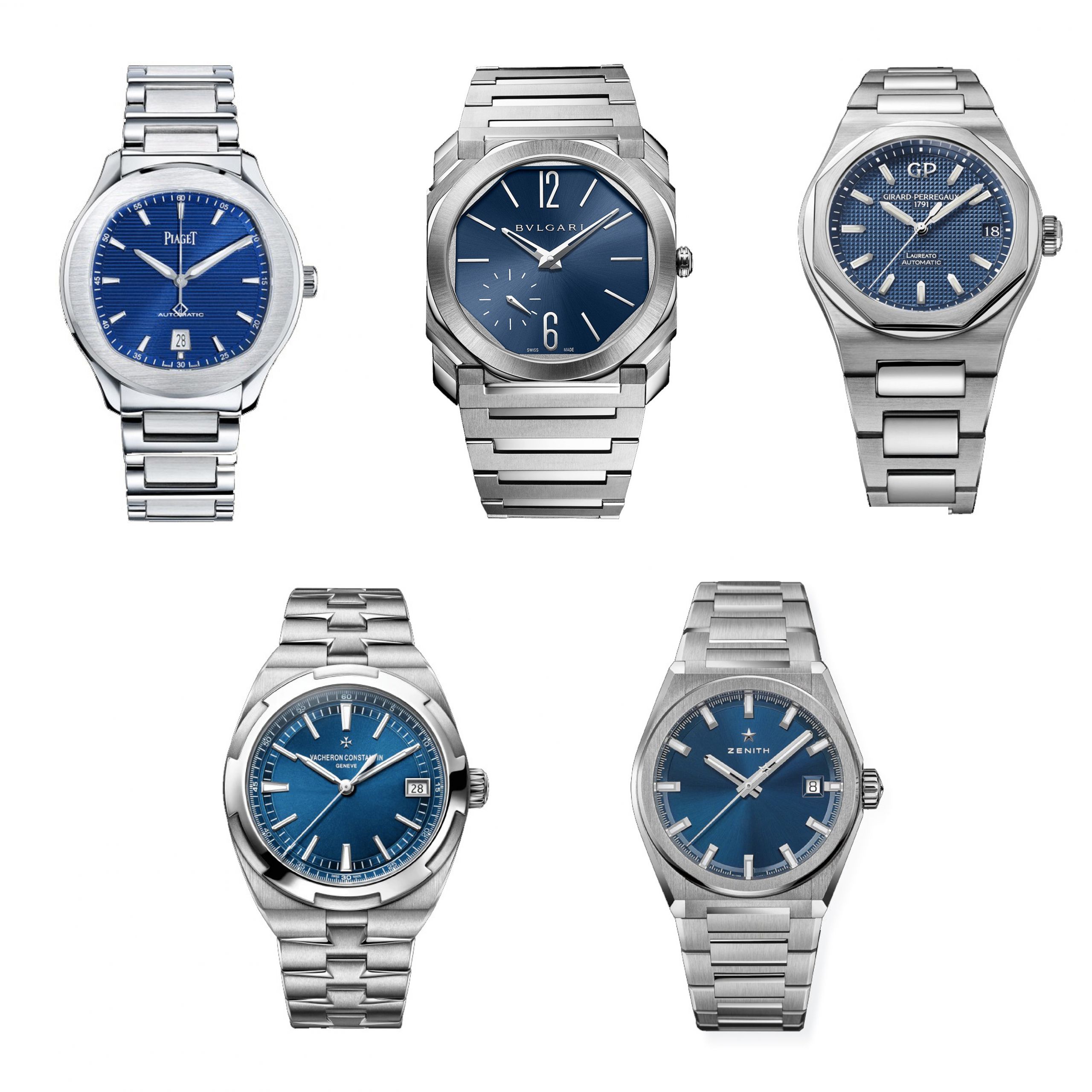Dr. N.
What is the chronograph? Why has it become one of the most popular and sought after complications? How do you use a watch with a chronograph function? How to tell if a watch has a chronograph function or not?
In this article, we continue in our “The Basics” series in which we accompany you to discover the fundamentals of mechanical watchmaking.
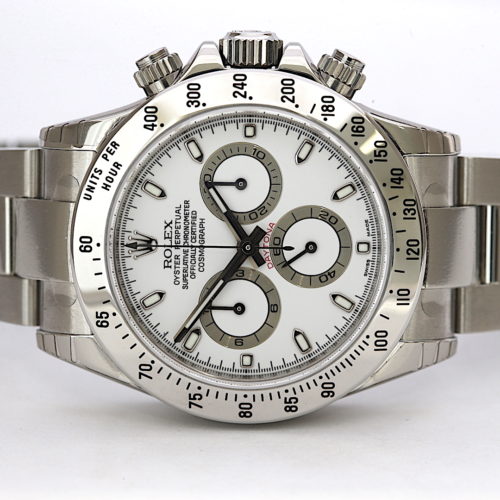
What is a chronograph
A chronograph is a type of complication. In watchmaking, complications are defined as all functions other than timekeeping.
A chronograph is a watch that allows, through special buttons, to start, stop and reset one or more hands that measure the time from the moment the chronograph is activated.
The chronograph complication, born in the nineteenth century and widely used in the military until relatively recently, is today one of the most popular with the public. Its current form is due to Gaston and Willy Breitling, who in the early decades of the twentieth century designed the sphere - also called the hand - of the central chronograph, the small 30-minute counter and the reset button for the chronograph at 4 o'clock. therefore to assume its present physiognomy.
How do you use a chronograph?
Most mechanical watches with chronographs follow the traditional setting devised by Breitling, and that is what we will refer to in this exhibition.
Before using the chronograph function, it is advisable to make sure that the chronograph is fully charged: this is to be done by manually operating the winding crown. In fact, it is advisable to operate the chronograph only when the watch is fully charged, because the use of the chronograph absorbs mechanical energy.
If the chronograph is equipped with screw pushers, visible in the image of a modern Rolex Daytona shown below, it is necessary to unscrew the “caps” to be able to operate them, taking care to remember to screw them back on at the end of use to restore the water resistance of the timepiece. The "caps" do not fall off, they remain attached to the buttons, do not worry ...
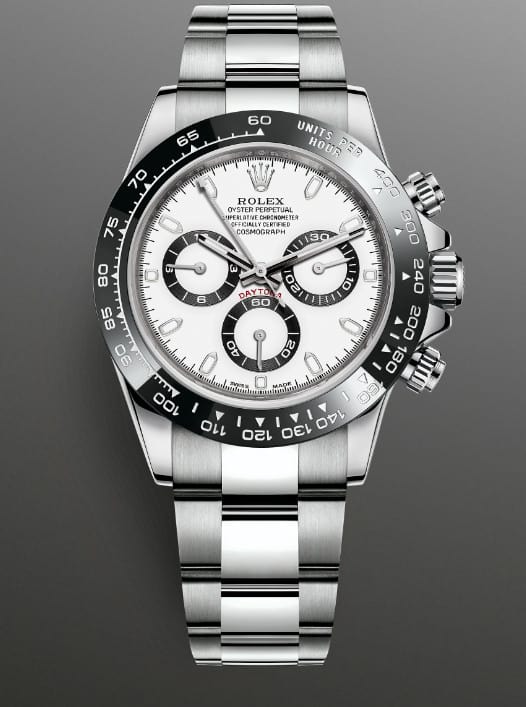
To start a chronograph, it is necessary to press the start button located at two o'clock. By pressing it, the chronograph hand will start to turn, naturally clockwise, making one revolution of the dial every sixty seconds, after which the 30-minute sub-dial will advance by one minute, while the chronograph hand continues to turn; at the second passage of the hand at twelve o'clock another minute will be marked, and so on.
When the time you wanted to measure has elapsed, press the button at two o'clock again to stop the chronograph movement. In some haute horlogerie timepieces, such as the Patek Philippe below, there is the complication of the split second, that is a double chronograph second hand that allows you to measure the variation of two time intervals: we will not deal with it here, however, as this is the subject too specialized for a popular article. Returning to ordinary chronographs, once the reading has been taken, you can choose whether to continue the measurement or reset the chronograph to take another one. If you want to continue the measurement, you must press the start and stop button again at 2 o'clock.
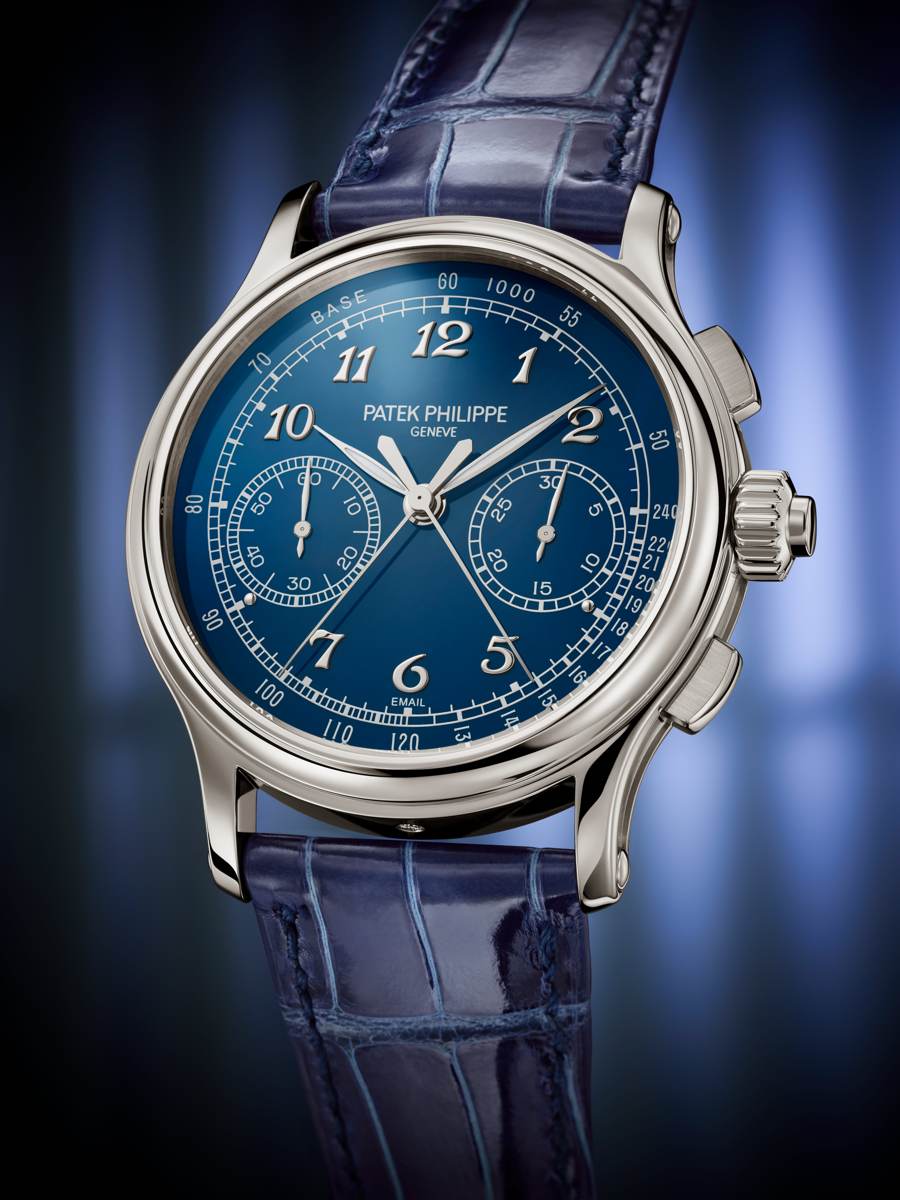
To reset the chronograph, the measurement must first be stopped. Never operate the reset button if the chronograph second hand is moving, or you could damage the watch! Once the hand has stopped with the button at two o'clock, press the button at four o'clock. All chronograph counters will return to their starting position.
The chronograph scale
Here things get interesting. Most chronographs are equipped with a tachymeter scale. These watches are capable of measuring the average speed of a distance. If you are on the highway and you operate the chronograph while passing the sign that marks kilometer 174, for example, you can stop it by passing by kilometer 175. This will make the hand mark on the tachymeter scale the average speed held by your vehicle in that stretch.
The same method can be applied to measure the hourly production of a machine, starting the chronograph when the machine starts running and stopping it when the product comes out. The potential uses of a chronograph are limited only by your imagination.
Other scales that are found on chronographs are the telemetry one, which allows you to know the distance of the lightning from your position by starting the chronograph when you see the lightning and stopping it when you hear the thunder, or the medical scale, which makes it possible to measure a patient's pulse.
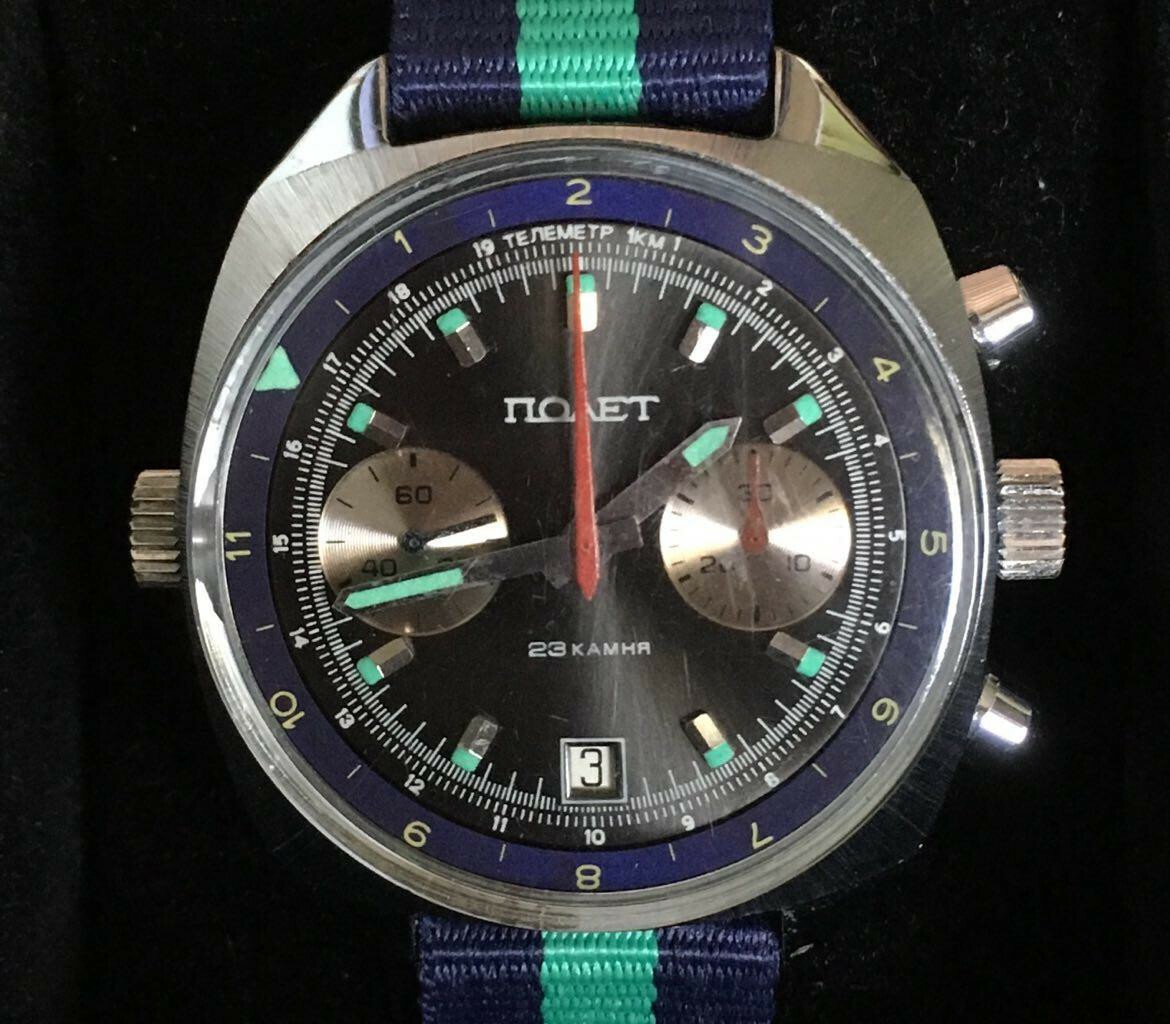
A Soviet military chronograph with a telemetry scale, used in aviation
Final tips
We have seen that a chronograph is a type of watch that is simple to use and very useful if you follow some basic warnings. We just want to add that generally a chronograph is less robust than an ordinary timepiece - as in every branch of mechanics, the rule "if it doesn't exist it doesn't break" applies, therefore also its corollary "simplicity equals robustness" -, for which, even if today's chronographs are really very robust and well made, a little kindness never hurts ...
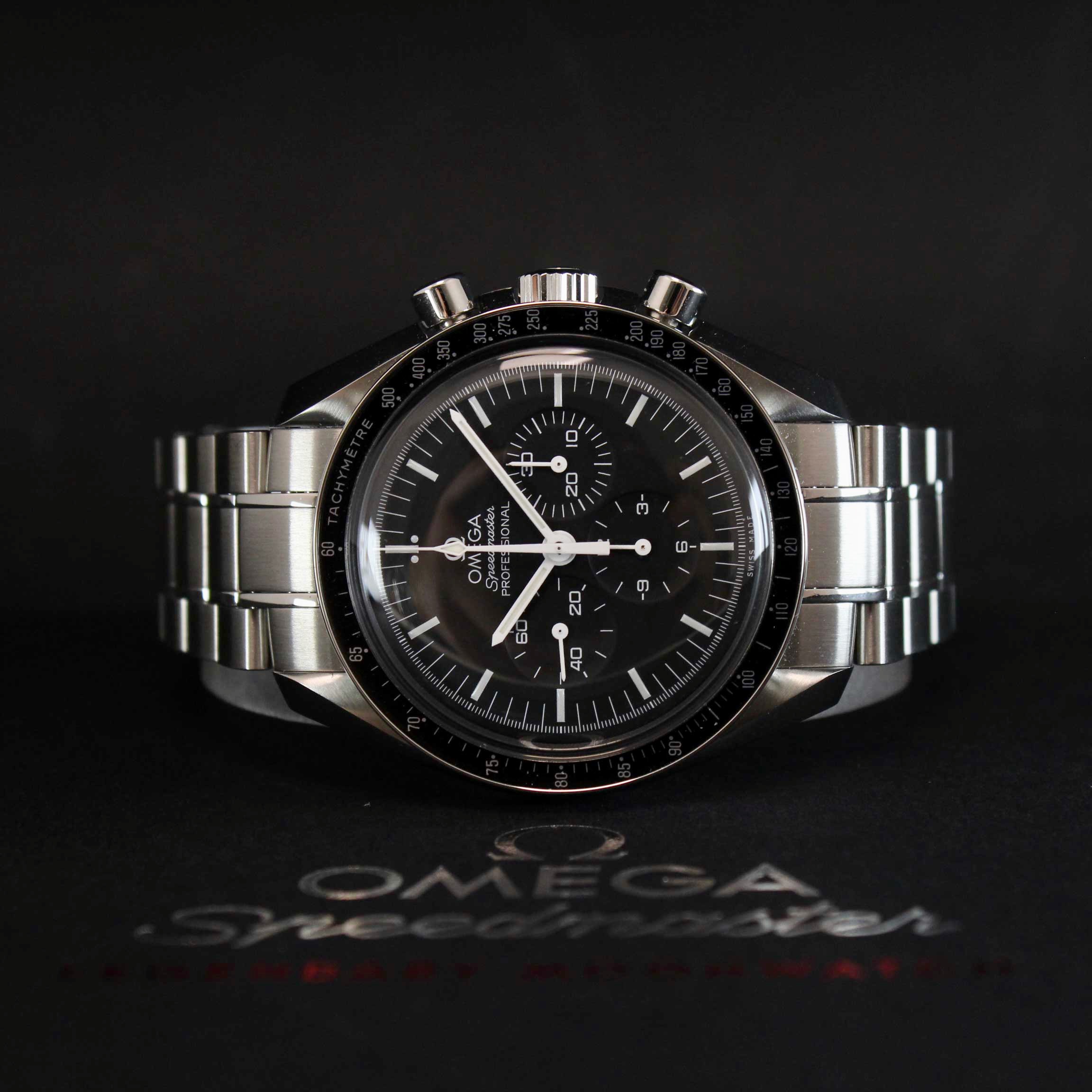
If your chronograph is equipped with pump pushers, such as theOmega Speedmaster you see above, it is necessary to be careful in exposing it to water: it does not have the same water resistance as a watch with screw fasteners. If your chronograph has screw-down pushers, remember to tighten them well before exposing it to the elements ...


